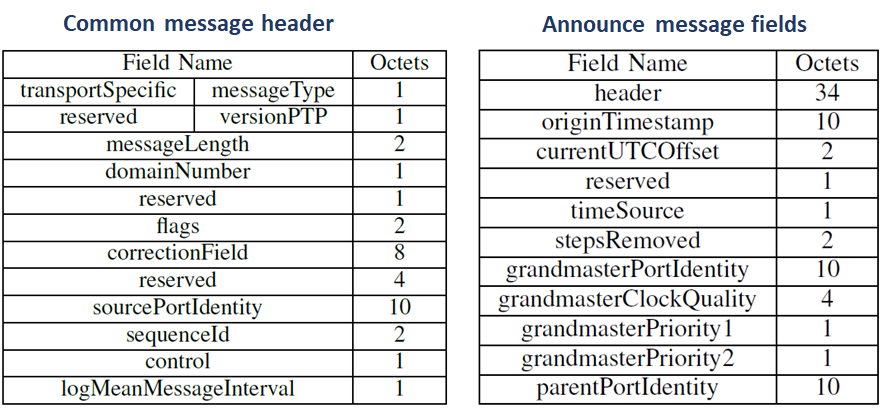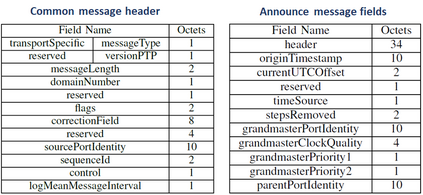The IEEE 802.1 time-sensitive networking (TSN) standards aim at improving the real-time capabilities of standard Ethernet. TSN is widely recognized as the long-term replacement of proprietary technologies for industrial control systems. However, wired connectivity alone is not sufficient to meet the requirements of future industrial systems. The fifth-generation (5G) mobile/cellular technology has been designed with native support for ultra-reliable low-latency communication (uRLLC). 5G is promising to meet the stringent requirements of industrial systems in the wireless domain. Converged operation of 5G and TSN systems is crucial for achieving end-to-end deterministic connectivity in industrial networks. Accurate time synchronization is key to integrated operation of 5G and TSN systems. To this end, this paper evaluates the performance of over-the-air time synchronization mechanism which has been proposed in 3GPP Release 16. We analyze the accuracy of time synchronization through the boundary clock approach in the presence of clock drift and different air-interface timing errors related to reference time indication. We also investigate frequency and scalability aspects of over-the-air time synchronization. Our performance evaluation reveals the conditions under which 1 \(\mu\)s or below requirement for TSN time synchronization can be achieved.
翻译:IEE 802.1 时间敏感的网络(TSN) 标准旨在提高标准Ethernet(TSN) 的实时能力。TSN被公认为是工业控制系统专利技术的长期替代,但光是有线连通并不足以满足未来工业系统的要求。第五代(5G)移动/细胞技术是在本地支持下设计的,用于超可靠低频低频通信(URLLC) 。5G有望满足无线域内工业系统的严格要求。5G和TSN系统的统一运行对于实现工业网络的终端至终端确定性连接至关重要。精确的时间同步是5G和TSN系统综合运行的关键。为此,本文件评估了3GPP16版提议的超空时同步机制的性能。我们分析了在有时钟流和与参考时间有关的不同时间错误的情况下,通过边界时钟方法实现时间同步的准确性。我们还调查了超空时间同步的频率和可缩度方面,以便在1以下实现时间同步。我们的业绩评估显示在1下实现时间同步化的条件。






